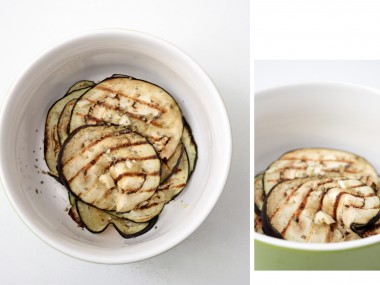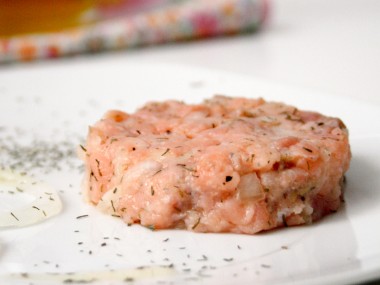Grilled Aubergine
So, cut the aubergine in slices and gilled it! Than just extra virgin olive oil, salt, diced garlic, a few marjoram and they are ready!
Supplì di Riso
Everybody knows that fried food is always good, and I agree. Today I made this typical Italian dish that comes from Sicily. My Supplì are made with Rise, grana padano, mozzarella and then eggs, flour and bread crumbs to make that delicious crispy crust! Served hot with melted mozzarella are the best!
pistachio ice cream + marshmallow
Yesterday I had a really nice afternoon snack 😀 nothing to say more. 😀
Salmon Tartare
This salmon tartare is a special version of tartare. Sometimes when just you have the desire of something and you can not resist, what you do is just open the fridge and look in it!
So what I could find this time has not be a fresh salmon! That was a problem… but if you, as I, wish to have the tartare you can make it also with smoked salmon. I fond many recipes on the web and I combined in order to obtain a good one with the ingredients I had! And the result is a fast and fresh tartare.
What you have to do is to just to cut in small pieces the slice of salmon, than add oil, salt, pepper, fresh onion and dill than mix up all and add some lemon drops. That’s it!
P.s. I would remind that this in not the original and fully taste tartare!




